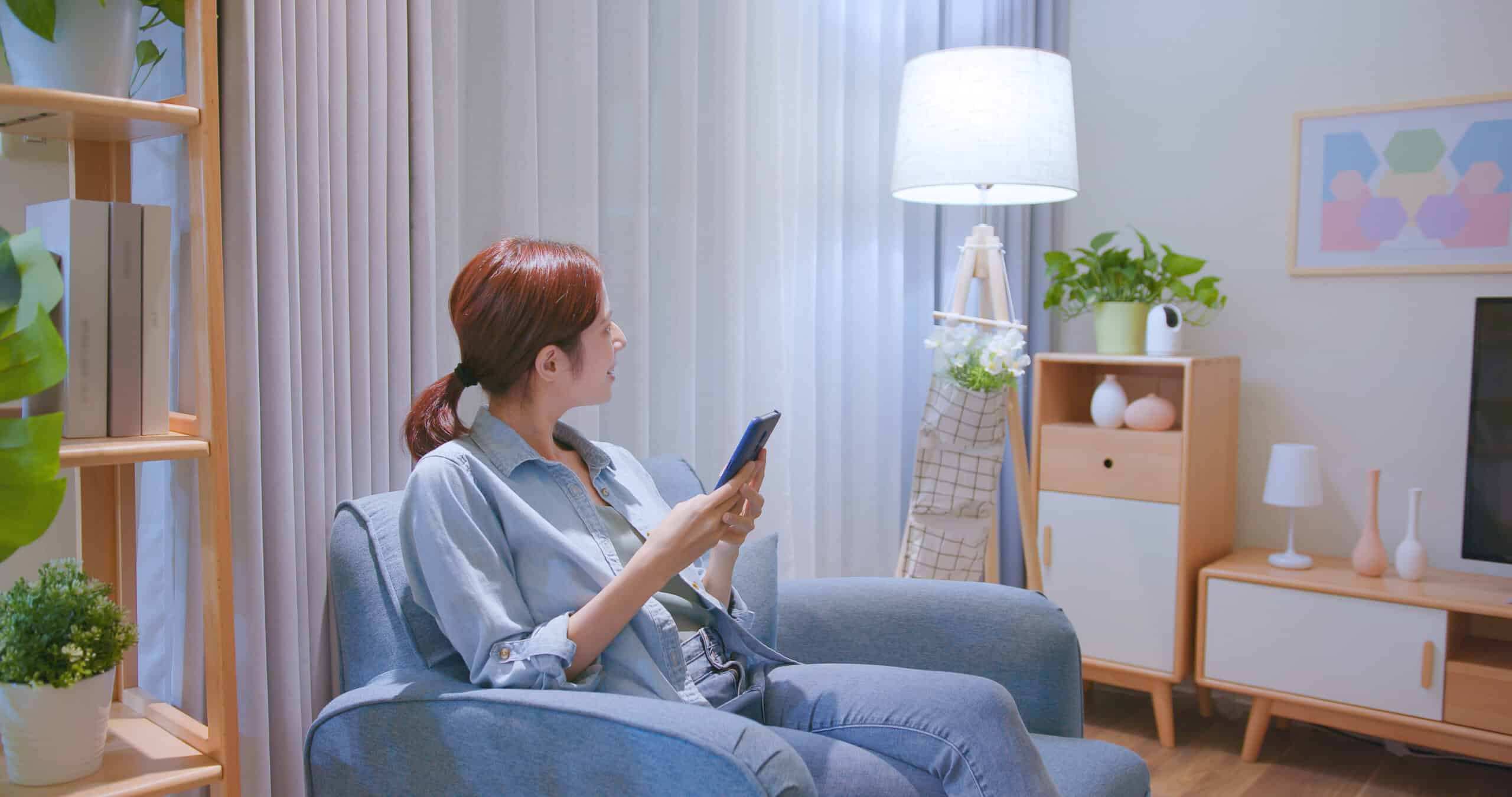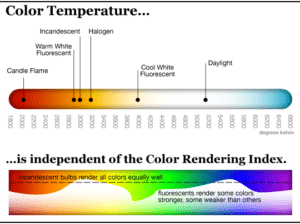
It’s becoming common knowledge now that LED lights (light emitting diode) offer a much wider array of color temperatures, which make them great for setting moods in different environments. But what exactly is color temperature, and how is it measured? Plain and simple, the color of the light that your LED bulbs will emit depends on its CCT or “Color Correlated Temperature,” which is measured on the Kelvin (K) temperature scale.
Where it gets tricky is that the actual heat of the bulb doesn’t really match up with the descriptors that distributors often throw around. Because of a variety of factors that have to do with the science behind CCT, some descriptors of light can be a bit confusing. For instance, the lower the Kelvins, the “warmer” the light because it’s coloring is often redder or more orange in hue. So a bulb describe as “warm” is actually cooler in temperature than a “cool” bulb is.
That being said, a better way to go about buying LED lighting fixtures is to not to ask for a “blue LED,” since you could get something completely different than you expected, but instead to get a better sense of what Kelvin range you are looking for. Don’t worry; I’ve put together a quick list to do just that!

The Color Correlated Temperature Scale:
~1900K = Barry White Light – Coupled with a good slow-jam, you’ve just set the perfect romantic tone. This is closest to the warm orange glow of a candle.
2400-2700K = Comfy-Cozy – Good for dozing off, reading books, etc. A lighter orange than Barry White Light.
3000-3500K = Laid-Back Productive – most like your standard 100W halogen bulb. Still a yellow-ish hue, but much closer to your basic white. Good for homes and restaurants.
4000-5000K = Performance – An intense get-down-to-business-like quality closest to direct sunlight. Great for bookstores, brightening up closets, and keeping workers working in office spaces.
6000-10000K = From a cloudy blue to a bright blue sky, depending on how high up the scale you go. Think about the icy glow of jewelry shops, minimalist contemporary homes, and comforting hospitals.
Looking for the perfect LED bulb with the perfect color for your room? Check out our LED Lighting division: Ecotronics.
A few other things to consider:
1. Remember that it won’t make your space brighter to have a higher Kelvin rating, it’ll only change the color temperature. That being said, people perceive cooler temperatures to be brighter, so with a good light dimmer you could easily save on energy bills by using less amounts of “cooler” (higher Kelvin) light.
2. What is in your room? If your walls are anywhere between yellow and red, go for something between 2700K-3000K, in order to really highlight the paint or even your antique mahogany table. If your home has a more modern, metallic quality, then you’d be better suited with a bluer light.
3. One last pro-tip for shopping: When you are picking out your LED bulbs, check to see how high their CRI (color rendering index) rating is. What this measures is how well a light source can emit various colors. The closer to 100 the CRI of the LED, the better it will be at emitting the color that you crave.

